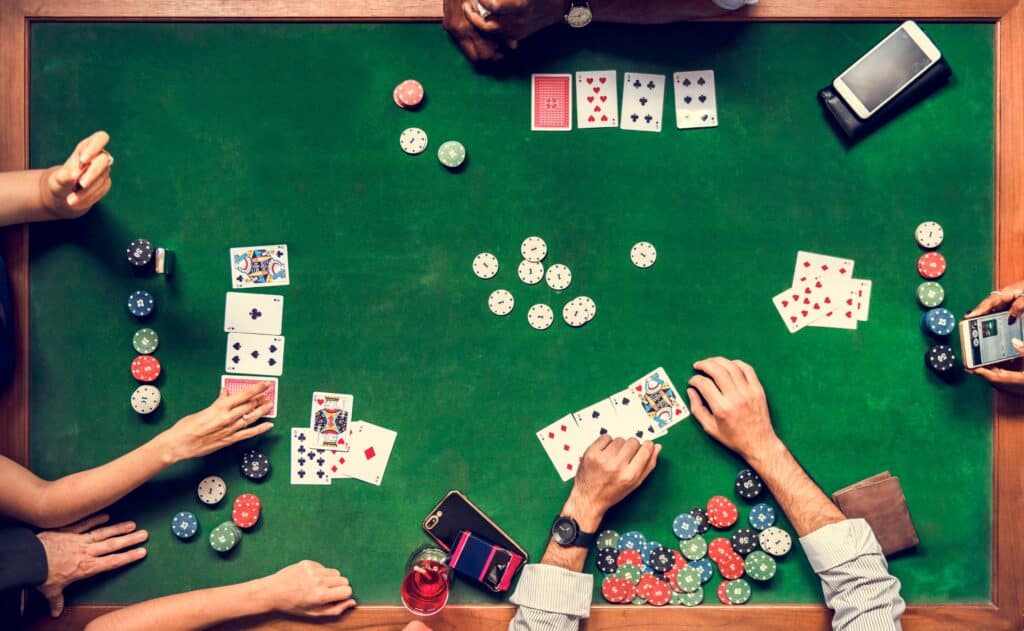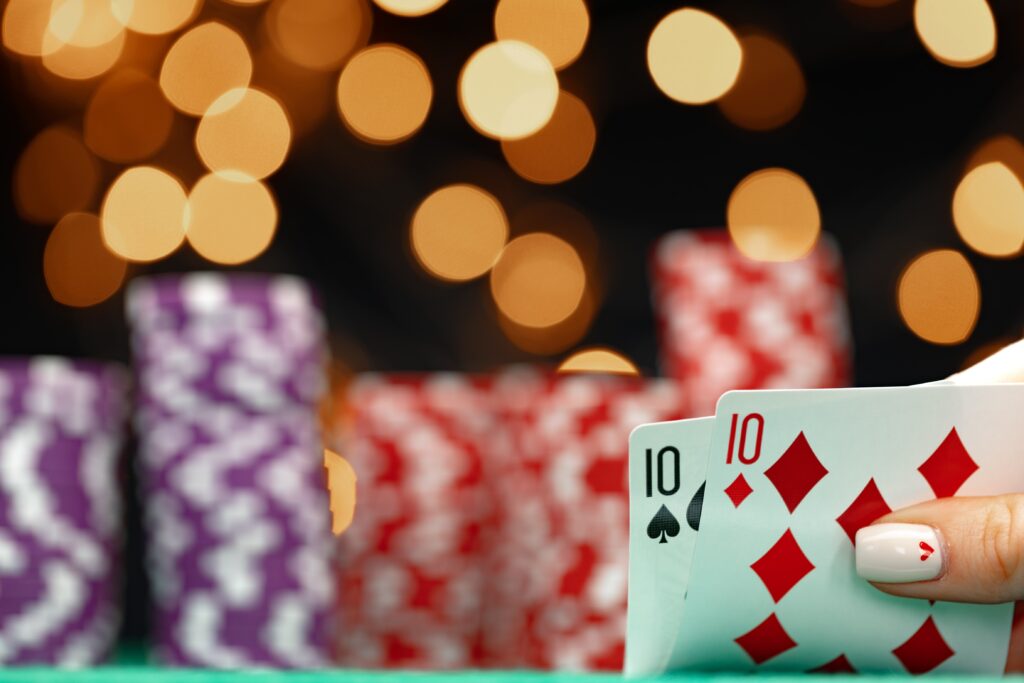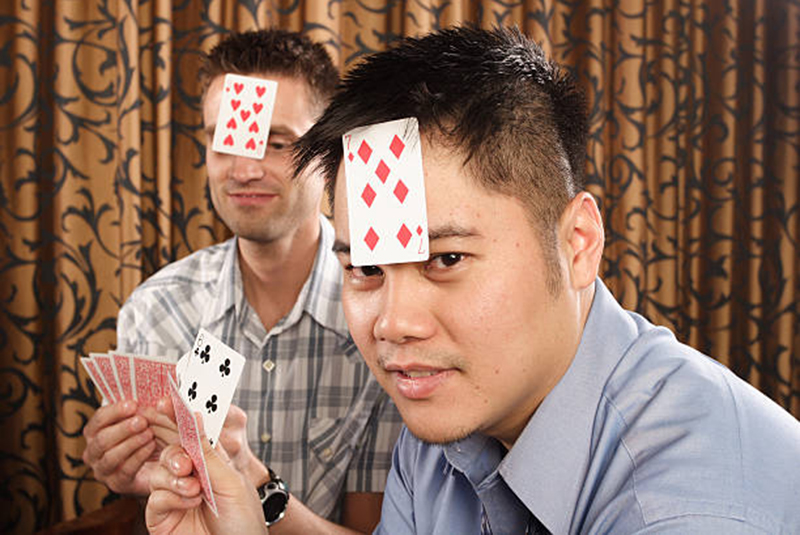Bluffing in poker is a type of play that involves raising a bet with a hand that is not your best hand. This is done in order to induce a fold by your opponent, who has a better hand. Learn how to become a successful bluffer in poker.
Hand-reading opponents like a poker expert
Knowing how to bluff in poker is crucial for a player to win. However, bluffing in poker isn’t easy. It takes careful spot selection and hand reading. You can use a variety of resources online to help you develop your skills. Some of these resources include videos, quizzes, and hand-reading resources. The bottom line is, practice makes perfect.
In addition to practicing your bluffing skills, you can also practice your post-flop and river playing. These skills are largely dependent on your skill at reading opponents’ hands. This guide will teach you how to do so.
Hand-reading a poker opponent can be difficult. Especially when you’re unfamiliar with the game. A few important tips can help you read your opponents’ hands.
The first thing to keep in mind when you’re reading a poker range is the person’s style of play. There are players who will be loose and aggressive, while others will be tight and more defensive. If your opponent is a loose and aggressive player, you can bluff them more than you would with a more defensive player.
Another tip is to make it difficult for your opponent to read your hand. For example, try to bet smaller amounts. That way, you can keep your hand together and hide your tells.
Also, keep an eye out for scare cards. These cards are a great friend for bluffers. They can force your opponent to fold. Other common scare cards include over-cards and cards that complete obvious draws.
Bluffing in poker requires a lot of forethought. You must have a plan for every hand. Make sure your bluffs are believable and logical. Use your body language to give yourself the best chance at catching your opponent off-guard.
You can practice reading opponents’ hands by taking a look at online resources. These can include web quizzes and poker-related videos. Remember, however, that a lot of these resources are not based on real-life experience. While they may provide a good idea of what your ranges are, they are not accurate. So don’t take everything they say at face value.
Once you’ve mastered your bluffing skills, you’ll have an edge over your opponents.

Semi-bluffing
Semi-bluffing is a poker strategy that involves betting with a good hand that may improve later. It can be a useful strategy when playing no limit or limit hold’em.
The goal of semi-bluffing is to fool opponents into thinking that you are having a hand that is much better than you are. This can be accomplished in several ways. For instance, you might draw to a hand like a nut flush. Another way is to bluff your opponent to fold.
Another advantage of this tactic is the amount of information you can get by bluffing. For instance, you can buy free cards from timid players. You can also gain valuable data by checking out your opponents’ cards.
However, bluffing can be difficult to pull off. If you’re not careful, you can lose the whole pot. That’s why it’s important to learn when to bluff and when to not.
When playing with high hands, it’s best to back off of bluffing. Especially if you’re in the late stages of a tournament. Your opponents are probably not going to fold if they have a decent hand.
One of the most basic semi-bluffing strategies is the continuation bet. This is a great play on the flop. But you might be surprised to learn that it’s not the only option.
A more advanced semi-bluffing strategy involves taking a free card from your opponent. This can give you a better hand or even a straight. In fact, you might be able to win your opponent’s entire stack by taking that free card early on in the hand.
When bluffing in a game of poker, be aware of your image. You want to avoid looking like a calling station. Instead, try to maintain a confident poker face. Remember, you want to win.
When you’re bluffing, be sure to take your time and practice your technique. Doing so will increase your chances of winning. By the same token, you’ll learn to read your opponents’ faces and improve your skills. Eventually, you’ll be able to bluff your way to the final table of a tournament.
Avoiding bad targets for a bluff
When it comes to bluffing in poker, there are a few key aspects to consider. You want to be sure that your bluff is the best it can be. And, you want to be aware of the bluffers in your league. Choosing the right opponent is the first step to a successful bluff.
The bluff most likely to be a success is one that comes from a player who isn’t afraid to lay it on the line. This is a particularly good idea when you are playing against a stacked field. Having a small stack can be a big disadvantage. If you don’t build your stack up, you are going to be left to fend for yourself.
Knowing what your opponent is doing is the next step. To get a handle on your competition, you need to know what they are doing in the cards they are holding. If you aren’t sure what your opponent is up to, he or she may be bluffing you. It is not unheard of for a player to make a very large bet only to call it off. Similarly, an opponent who is very passive in his or her play is a perfect candidate for a bluff.
You have to be careful not to be overly impulsive when bluffing. While a bluff isn’t always the most prudent move, you do want to get your opponent into a bind if you can. Remember to take your lumps, but don’t let a bad day in the saddle affect your game. With enough practice, you will eventually learn when to call or fold.
Learning to bluff is a skill worth mastering. However, you should only use the bluff of your choice when you are playing a good hand. Otherwise, you are wasting your time and your opponents’ time. By keeping a close tab on your game, you can avoid a losing streak and bluff your way to victory.
There are plenty of bluffs out there to choose from. The most important thing is to know what your opponent is doing. The bluff most likely to be successful is one that comes from a player who knows what he or she is doing.
Successfully executing a bluff
Performing a bluff in poker is a critical skill. A bluff is the act of deceiving an opponent into folding a hand that is weaker than you hold. Often a bluff will work because the other player does not understand the story you are trying to tell.
There are several things to consider when deciding whether or not to bluff. These include position, image, bet size, range, and betting history. It’s important to make these decisions with consideration for the situation.
When deciding on a bluff, you should always consider the size of the bet, the strength of the hand, and the number of players involved. Generally, a bluff is more effective against a player who is tight, has a large stack, and is able to make a lot of calls. On the other hand, a bluff is more risky when done against a player who is loose or has a small stack.
In poker, there are two types of bluffs: pure bluffs and semi-bluffs. Pure bluffs are when the opponent’s hand does not connect with the board. Semi-bluffs are when a bluff is combined with a better hand.
One of the most important aspects of executing a bluff is knowing when to pull the trigger. Some of the best times to bluff are in the late stage of a tournament. While this can be tricky, the extra pressure can put more pressure on your opponents.
When deciding on a a bluff, you should also take into account your own image. If your opponent thinks you are a bad player, they will likely fold to your bluff. Likewise, a player who is inexperienced will call if you have a decent hand.
The most successful bluffs will involve a large river all-in bet. This is especially true when you have a big range advantage. Generally, the best time to bluff is on the turn, but it’s not too late to bluff if you don’t have a strong enough hand.
Poker players should have an excellent understanding of the strength of their opponents’ hands and should also be able to visualize their range. Once they are able to do these things, they can successfully execute a bluff.



